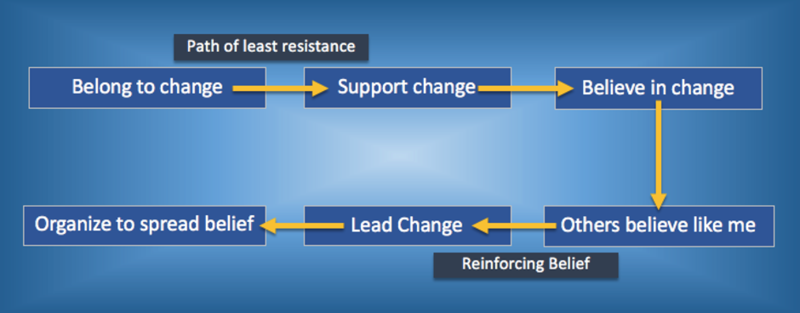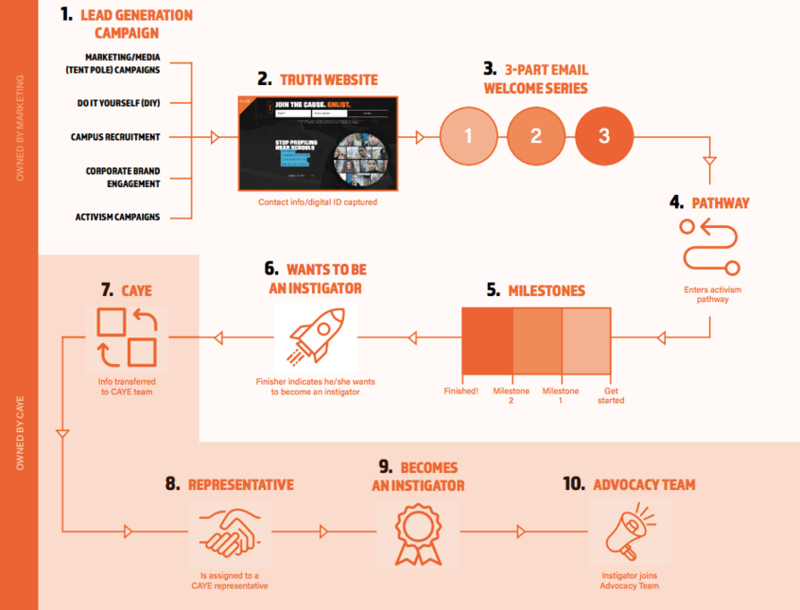Aditya Chopra is a 2019-20 Oxford MBA candidate and participant on our co-curricular programme, Impact Lab. He reflects on one of the Impact Lab Masterclasses taught in Michaelmas term, movement building.
Its June 30, 2018. The temperature is over 90 degrees Fahrenheit (32 degree Celsius) but 40,000+ people have gathered in Washington D.C. to protest against the U.S. government’s new immigration policies. In fact, on that very day, millions of people from all walks of life and across age groups are participating in similar rallies across 750 locations in the country – from New York and Boston to Antler, a town of 27 people in North Dakota. They are all marching forward with the same message – Families Belong Together!
The issue of separation of families is pertinent and emotive, but do you think the issue itself is enough to bring millions of people to the streets? Is it enough for them to have a common vision? Is it enough for them to believe that their emotions can create a movement?
How exactly was this movement created? Then again, how exactly is any movement created? There is indeed a method to this madness and it was discussed in detail in the interactive Movement Building Impact Lab Masterclass. Impact Lab is a curated social-impact-focused program by the Skoll Centre for Social Entrepreneurship at the Saïd Business School, University of Oxford. Here’s a snapshot of my takeaways from the masterclass.
What are movements for?
Movements are designed to achieve meaningful policy, social, cultural or environmental change for a social issue.
What are the types of movements?

Typical journey of a bottom-up movement leader
Movements can be built in 3 ways – top down (using marketing campaigns), bottom up (by organizing people at the grassroots) or from within (by converting leaders within institutions). At the heart of these movements, what binds people is a common important issue which sparks a cord with their rationality and emotions.
How do you design a movement?
There are four components to focus on while designing a movement:
- Voice: Voice is the tone and style of communication, including creatives, which reflects the movement fully w.r.t vision, action, people and places.
- Pathway: Pathway is an individual’s journey within the movement – from initial interaction in the campaign to deeper engagement going forward.
- Campaigns: Campaigns offer opportunities to bring new members to the movement and to build loyalty within those already involved.
- Infrastructure: Infrastructure consists of roles and responsibilities, digital and organizing resources, and support for individual and self-organizing engagement.

An example of Pathway – Source: Impact Lab
After figuring out the above, it’s important to have a strategy to bring all elements together, including timing of launch of the movement, key milestones to achieve along the way and super supporters who can help scale the movement.
My reflections
The masterclass was helpful in providing a structure and methodology to movement building which was made real with case studies of real movements including Families Belong Together and the Sunrise movement which demanded a Green New Deal in the U.S.
During the session, all Impact Lab members spent most of their time in small groups discussing the case studies, ideating on designing a new movement, putting together key steps to follow and discussing the challenges which can come about, including their solutions.
As I reflect on the session, I am reminded of Gandhi, who said –